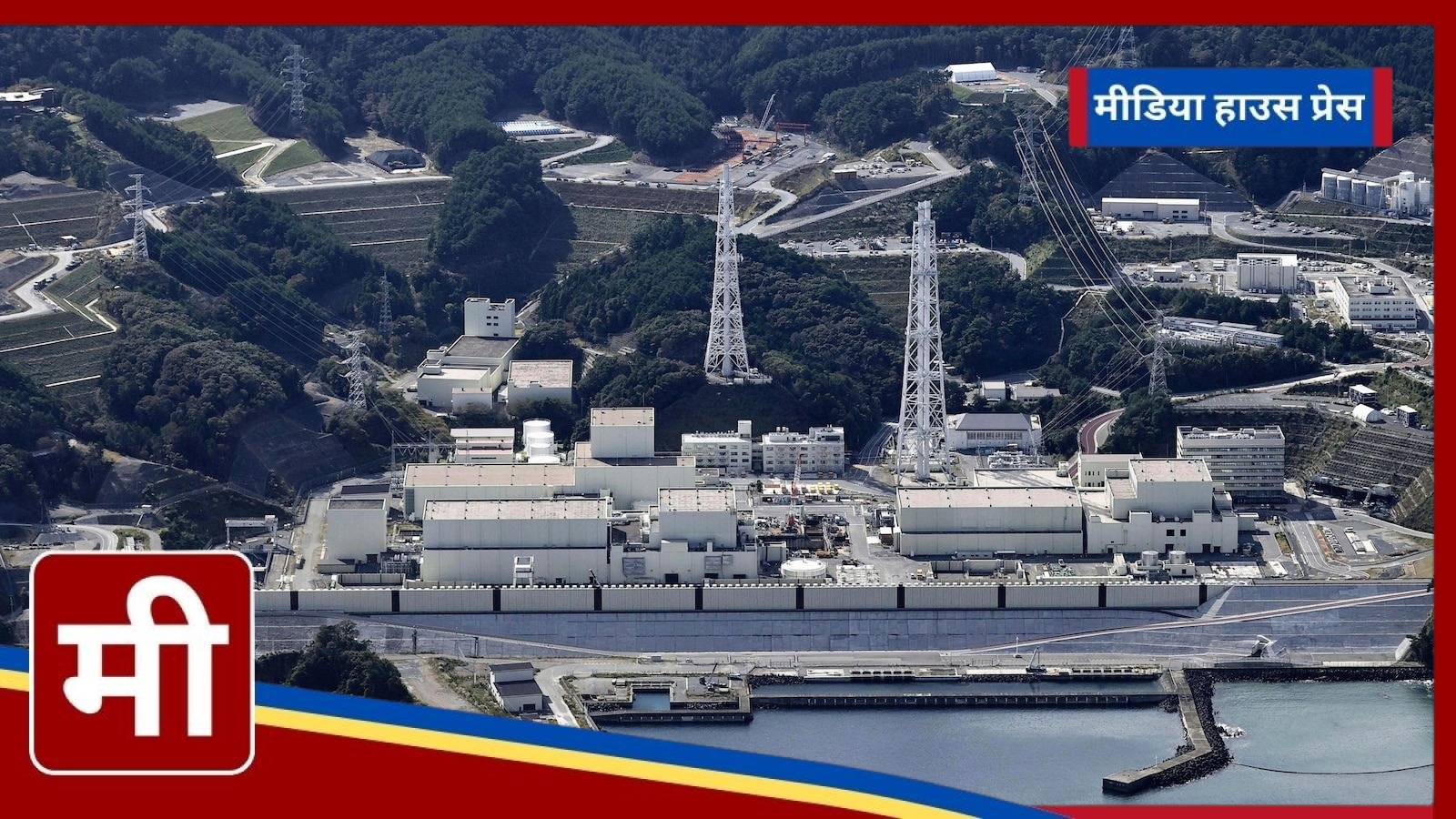Located approximately 100 kilometers (62 miles) north of the Fukushima Daiichi plant, where three reactors melted down following the 9.0 magnitude earthquake and subsequent tsunami, the Onagawa facility was also impacted by a 13-meter (42-foot) tsunami. However, it managed to maintain critical cooling systems across all three reactors, achieving safe shutdowns.
In the aftermath of the Fukushima disaster, all 54 commercial nuclear reactors in Japan were taken offline for safety inspections and upgrades. With the restart of Onagawa Unit 2, Japan now has 33 operational reactors, of which 13 have returned to service. This reactor is the first of its kind in Japan to restart after the Fukushima incident, specifically of the same model that suffered damage at Fukushima.
Tohoku Electric’s president, Kojiro Higuchi, noted that the restart of the reactor symbolizes the region’s recovery from the disaster. The Japanese government, last year, implemented a plan to maximize the use of nuclear power, focusing on expediting the restart of offline reactors, extending the operational lifespan of aging plants, and developing next-generation reactors. This strategy aims to ensure a stable energy supply and meet the country’s commitment to achieve carbon neutrality by 2050.
Chief Cabinet Secretary Yoshimasa Hayashi emphasized the crucial role of nuclear energy, alongside renewable sources, in the country’s decarbonization efforts. He stated, “We will maximize its use while ensuring safety.” The restart of nuclear reactors is also seen as increasingly vital for Japan’s economic growth.
Concerns over the government’s renewed focus on nuclear energy heightened following a 7.5 magnitude earthquake that struck the Noto Peninsula on January 1, 2024, resulting in over 400 fatalities and damaging more than 100,000 structures. Minor damage was reported at two nuclear facilities, and the evacuation plans in the region were found inadequate.
For Onagawa Unit 2, Tohoku Electric began safety enhancements in 2013, including tsunami risk assessments and seismic-resistant measures. The company constructed a tsunami defense wall that extends 29 meters (95 feet) above sea level and received safety approvals from regulators in 2020.
Currently, 21 of Japan’s nuclear reactors remain offline, including six at Fukushima Daiichi and one at Onagawa, as operators have opted to decommission them rather than invest significantly in the additional safety equipment required under stringent post-Fukushima regulations.


